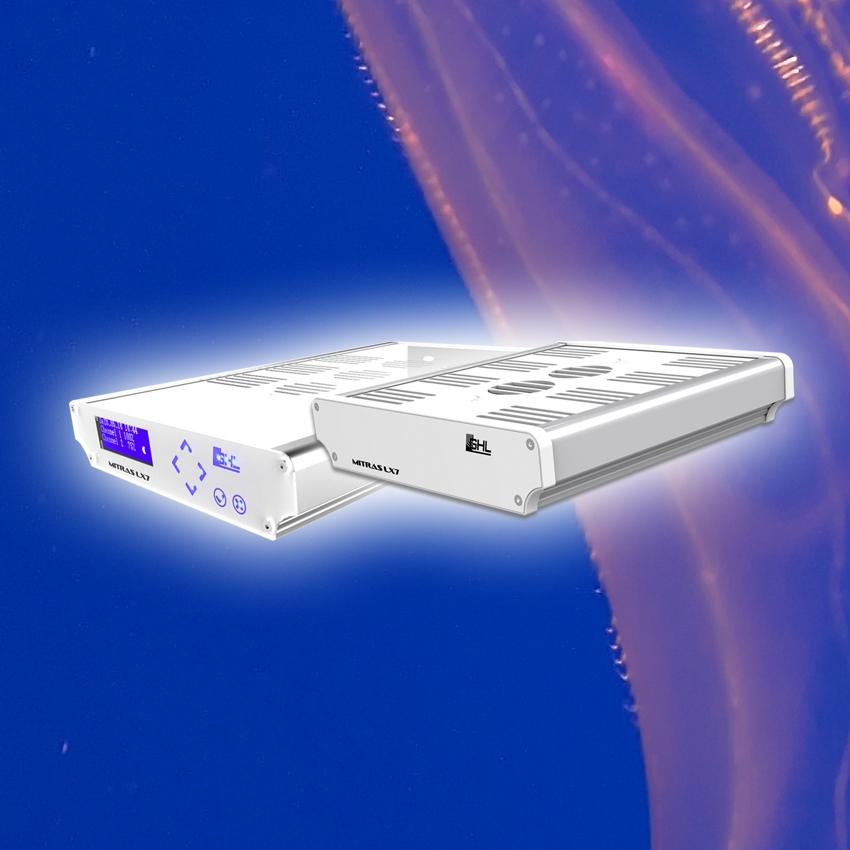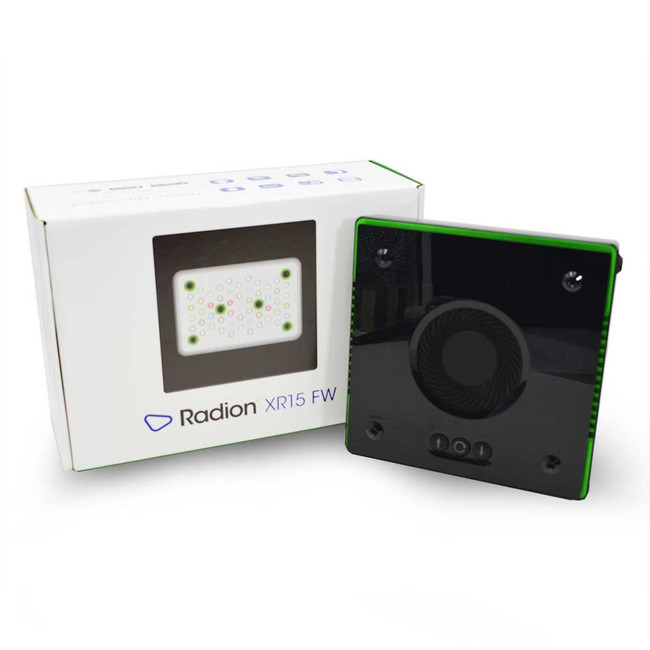Are UV-A/UV-B beneficial to aquatic plant growth (I've watched the Bruce Bugbee videos on terrestrial plants and UV)? Would more LED manufacturers start incorporating UV diodes into their lights in search of the 'ultimate' LED? (like the Week Aqua LEDs)
or maybe even a standalone light that supplies only UVA, UVB, and NIR, to supplement existing fixtures, like this:
5 Channel Spectrum Light Bar
What's " important" to commercial horticulture is not necessarily important on our level.
If one wanted to there are plenty of "UV" or IR led bars that could be added to an existing setup.
As to current lights adding UV correctly is either a high added cost with the possibility of a shortened lifespan.
Not even considering lens burning UV diodes still have shorter lifespans than most other leds.
This is getting better but costs for quality are not at "normal" diode levels.
Note on your light bar there is no estimate of lifespan.
One thing though.. UV-B is never really recommended especially if you have other than plants. Well unless you have lizards ect..
There does seem to be some "pest reduction" benefits in terrestrials though. Again, does that really apply here? ????
As a water column sterilizer.. ok.
Away from any inhabitants and not directly applied to the plants themselves.
Except for costs there is nothing really stopping manuf. from throwing the kitchen sink into a light.
And except for some possible "suntan" pigment increases neither will add any visual appeal AFAICT.
There have been "specialty" t5 tubes that "do" uv. Never were popular in fw aquariums AFAICT.
Having benefits doesn't always imply a necessity.







